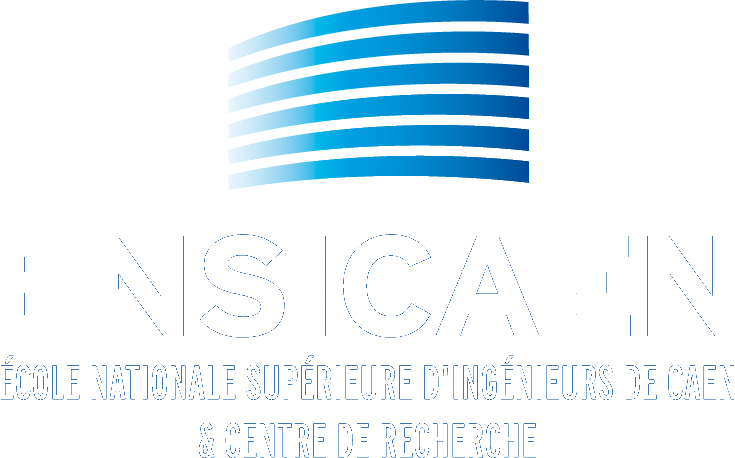The first Isotope Separator On Line system (ISOL) installed at GANIL, the so-called SPIRAL1 facility, delivers radioactive ions since 2001. Atoms produced by fragmentation of swift heavy ions (up to 95~MeV/A) on a carbon target are ionized in an ECR ion source before being post-accelerated in a cyclotron. The coupling between the target and the source is achieved by a cold transfer tube. In these conditions, mainly gaseous ions are produced. In order to extend the range of post-accelerated exotic beams available, a new target ion source system is currently under development. This new system is based on the coupling of the SPIRAL target with a FEBIAD ion source (Forced Electron Beam Induced by Arc Discharge) [1]. It was first developed by Kirchner and Roeckl in 1976 at GSI [2]. The aim of the SPIRAL upgrade is to produce beams of condensable elements with good optical quality and selectivity. Moreover, in this context, a charge breeder of Phoenix type will be installed before post-acceleration [3]. New beams should be available for 2016.
The ISOL technique will be first presented. Then, after a description of the new setup, experiments performed in 2011 and 2012 will be discussed.
[1] L. Penescu et al., Rev. Sci. Instrum., 81 (2010) 02A906
[2] R. Kirchner and E. Roeckl, Nucl. Instrum. and Methods Phys. Res. 183 (1976) 187
[3] P. Jardin et al., Rev. Sci. Instrum., 83 (2012) 02A911




 PDF version
PDF version
